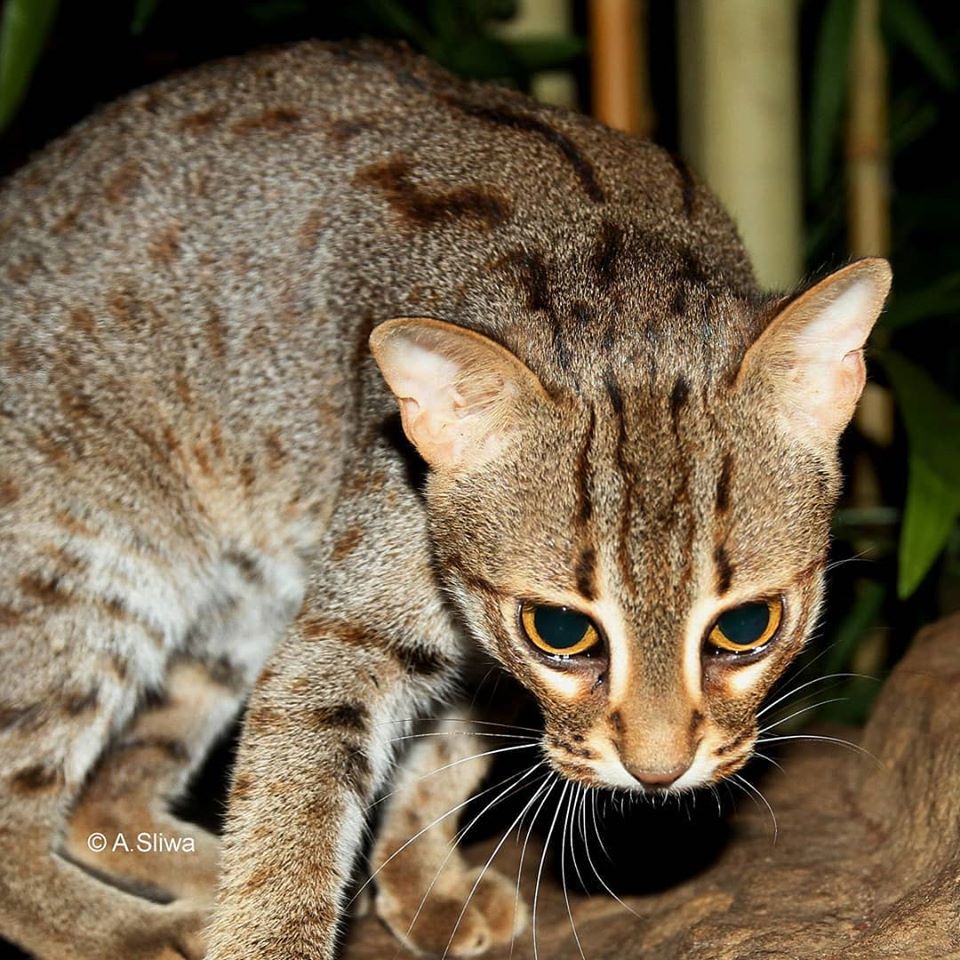Sand Cat Habitat Needs

Sand cats live in temperatures that sometimes rise to more than 40C 104F.
Sand cat habitat needs. Masters of evasion with coats the same color as the desert sands. Its head-and-body length ranges from 3952 cm with a 2331 cm long tail. The Sand Cat primarily occupies sandy deserts but has also been recorded in stony and rocky deserts.
Sand cat is the only species of cat that inhabits deserts exclusively. It is essential that you work with the local people to make them more aware of the asset the sand cat that they have on their doorstep and to protect it. Sand cats live in three distinct regions of the world.
Africas Sahara desert throughout the Arabian peninsula. The smallest cat species in Arabia the sand cat Felis margarita is well adapted to its arid desert habitat obtaining all the water it needs from its food. If the local people are prepared to live in harmony with the sand cat it will force change from the bottom to the top the countries rulers.
Its foot pads are covered with thick hair. Goodman and Helmy 1986 Primary Diet. This video narrated in French shows the dry flat desert habitat of the Sahara occupied by the African Sand Cat also known as the Sand Dune Cat.
With its sandy to light grey fur it is well camouflaged in a desert environment. The sand cat is the only felid found primarily in true deserts. Habitat of the sand cat.
They are considered opportunistic feeders that take what they can find in their barren habitat. The main factor to the increased extinction is habitat destruction due to industrialization Townsend et al. Bunaian et al 1998.



















